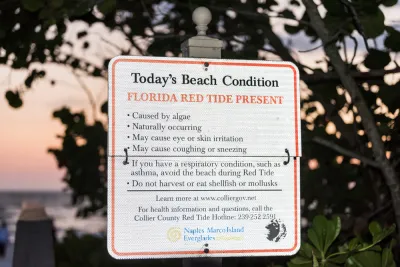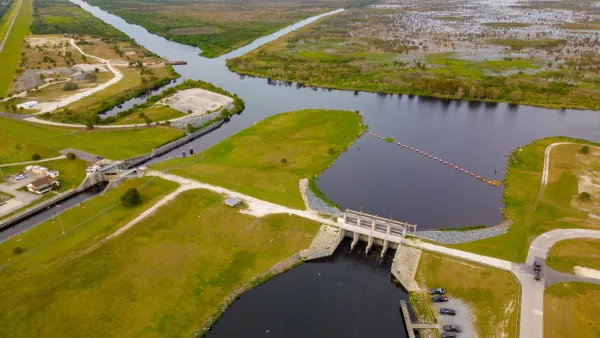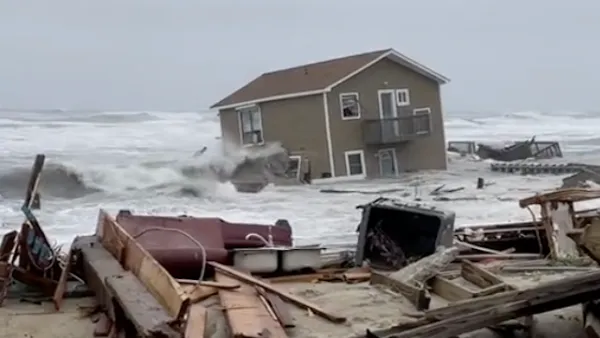A particularly devastating red tide is ravaging the southwest Florida coast. The question of whether humans have caused the intensity of the event is still up for debate, according to this article.

Maya Wei-Haas reports on the red tide devastating Florida's beaches this year, and asks the question of how much blame human activity can be assigned to the devastation.
Here's how Wei-Haas describes the cause and effect of the red tide:
Thousands of sea creatures now litter many of southern Florida’s typically picturesque beaches. Most are fish—mullet fish, catfish, pufferfish, snook, trout, grunt, and even the massive goliath grouper. But other creatures are also washing ashore—crabs, eels, manatees, dolphins, turtles, and more. It's a wildlife massacre of massive proportions. And the cause of both the deaths and toxic, stinging fumes is a bloom of harmful algae that scientists say is the region’s worst in over a decade.
The red tide takes its name from its rust-brown color, according to Wei-Haas, and in Florida "the culprit is usually the tiny, plant-like alga known as Karenia brevis, which produces toxins, dubbed brevetoxins, that cause both gastrointestinal and neurological problems when eaten."
Records of red tides in Florida date back to 1500, but this year's devastation has inspired a debate about whether humans are responsible for the scale of the devastation. The Karenia brevis is attracted to the Florida coast for natural reasons like salinity and temperature, but other researchers "believe the algae feeds on the nutrient-rich agricultural runoff from land, causing it to stick around for longer and rage more intensely," according to Wei-Haas. Red tides also tend to follow massive storms, which occur naturally, of course, but also have begun to increase in frequency and intensity due to the effects of human-caused climate change.
FULL STORY: Red Tide Is Devastating Florida's Sea Life. Are Humans to Blame?

Analysis: Cybertruck Fatality Rate Far Exceeds That of Ford Pinto
The Tesla Cybertruck was recalled seven times last year.

National Parks Layoffs Will Cause Communities to Lose Billions
Thousands of essential park workers were laid off this week, just before the busy spring break season.

Retro-silient?: America’s First “Eco-burb,” The Woodlands Turns 50
A master-planned community north of Houston offers lessons on green infrastructure and resilient design, but falls short of its founder’s lofty affordability and walkability goals.

Test News Post 1
This is a summary

Analysis: Cybertruck Fatality Rate Far Exceeds That of Ford Pinto
The Tesla Cybertruck was recalled seven times last year.

Test News Headline 46
Test for the image on the front page.
Urban Design for Planners 1: Software Tools
This six-course series explores essential urban design concepts using open source software and equips planners with the tools they need to participate fully in the urban design process.
Planning for Universal Design
Learn the tools for implementing Universal Design in planning regulations.
EMC Planning Group, Inc.
Planetizen
Planetizen
Mpact (formerly Rail~Volution)
Great Falls Development Authority, Inc.
HUDs Office of Policy Development and Research
NYU Wagner Graduate School of Public Service




























